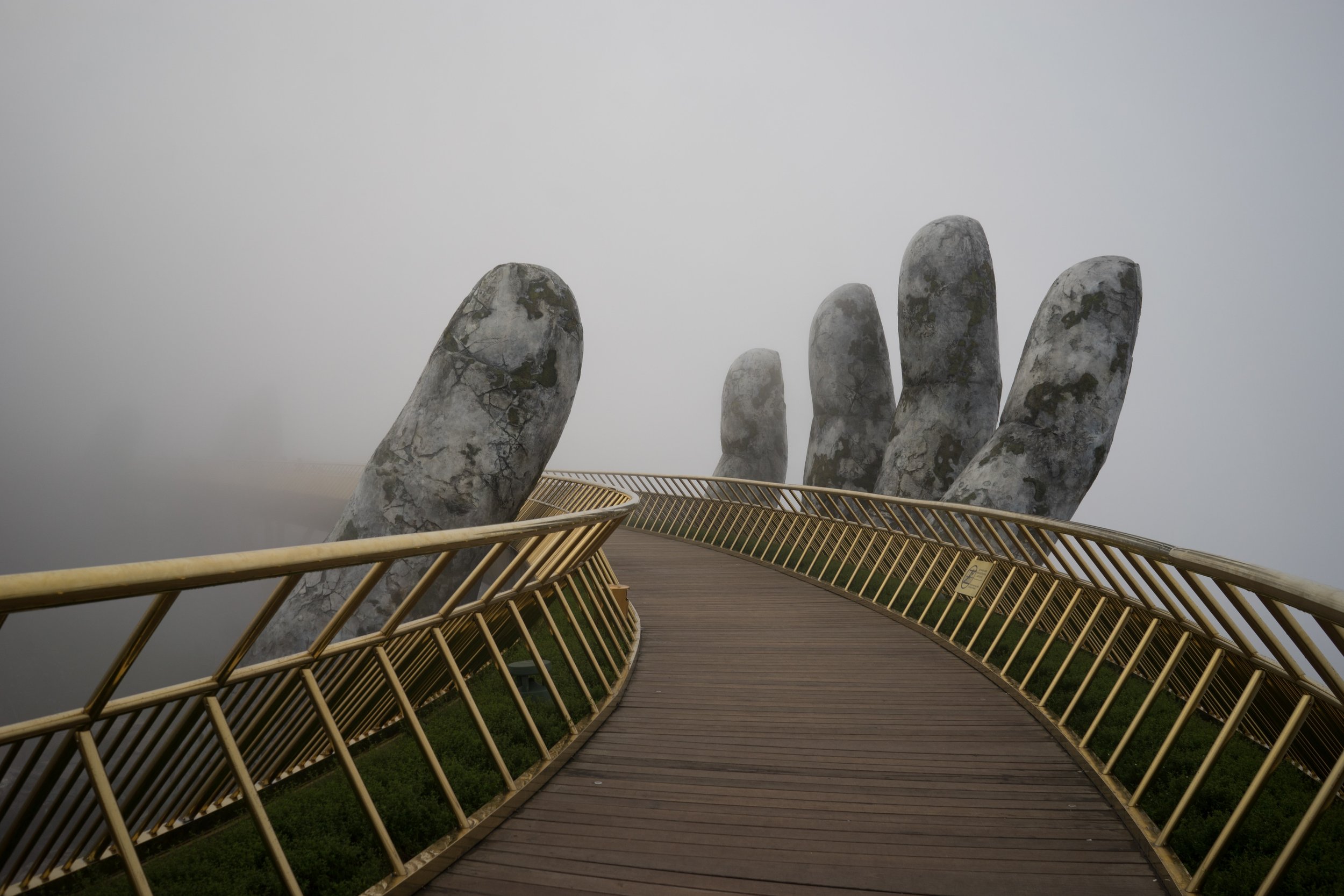The Heart of Movement 9 - Elbows, knees & torso
How do we move out into the world?
Does it require an ability to control ourselves or does that control arise from interactions with our environment?
Initially we interact with gravity, sensation and sound. Hearing functions in the womb. Clear vision isn’t really there until about 8 weeks.
Our curiosity draws us ever on.
Initially we have a problem that we don’t even consider a problem. We have to lift our head. It’s massive compared to the rest of our body. To do that we marshall the resources of our whole torso. We learn that by rolling.
You can see why the elbow and upper arm even in their undeveloped state provide so much direction and support.
Last week we explored the elbows and knees in relation to the ribcage. That idea of the middle of our cardinal lines. We sensed the tissue from the elbows and knees into the pelvis and chest. This week we’ll explore the tissues from the elbows and knees in the other direction.
The hand and foot are both extensions of the head, neck and torso. The foot flows through the leg, pelvis and chest on its way to the head. The hand flows through the shoulder and ribcage on its way to the pelvis.
It’s worth considering that the width of the hand is similar to the depth of the shoulder ..
We express strength through the upper arm and it is directed with the greatest sensitivity through the lower arm.
So we’ll be exploring the sensitivity of how the sides can ‘hold’ or ‘move away’ from the other to support the flow of movement ..
We’ll also consider the process of perceiving possibility or of seeing beyond our current circumstances. The experience of lifting ourselves from the floor onto the pillars of our elbows and knees is the movement into creation.
How do we interact with our environment? As Simon Slieker, an Australian ecologist and practitioner asked in his ATM for this years summit, ‘How do we perceive the ground on which we move and how does the ground perceive us?’
Beneath our feet or even the footings of the buildings we are in there is a thriving web of life as rich and complex as our own experience. Indeed it is our own experience. For the most part the circles of life remains unseen but in stillness it becomes possible to hear the whole.
The heart and cardio vascular system is a conduit to the co-ordinated action of the limbs with the head and pelvis. Perhaps it is also the conduit to the whole ..





